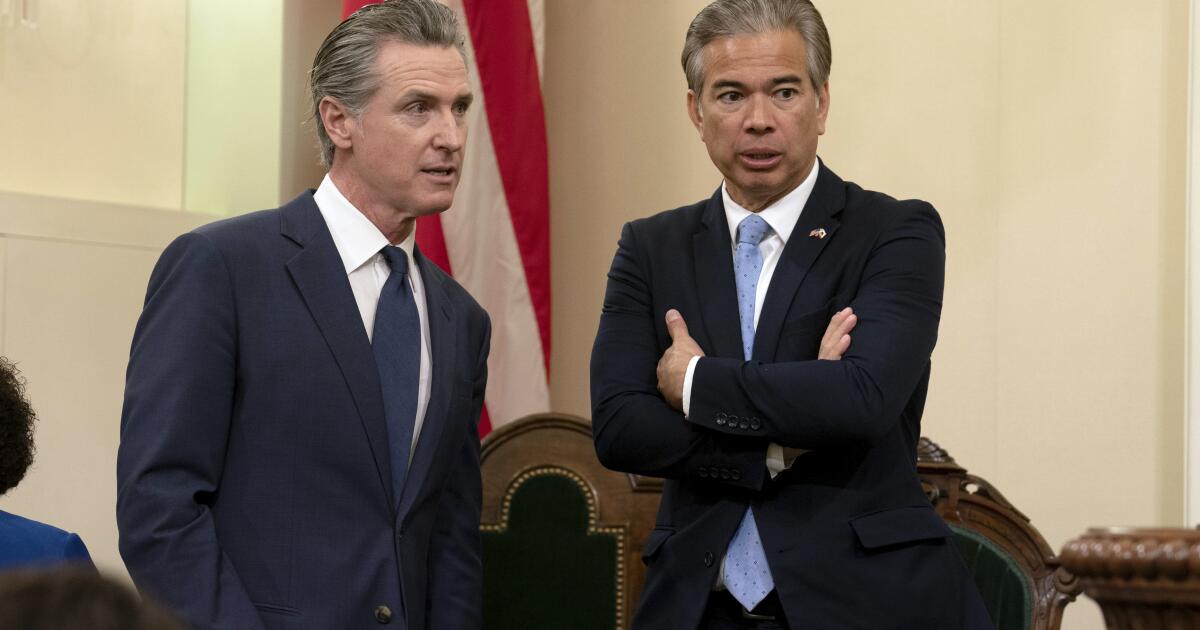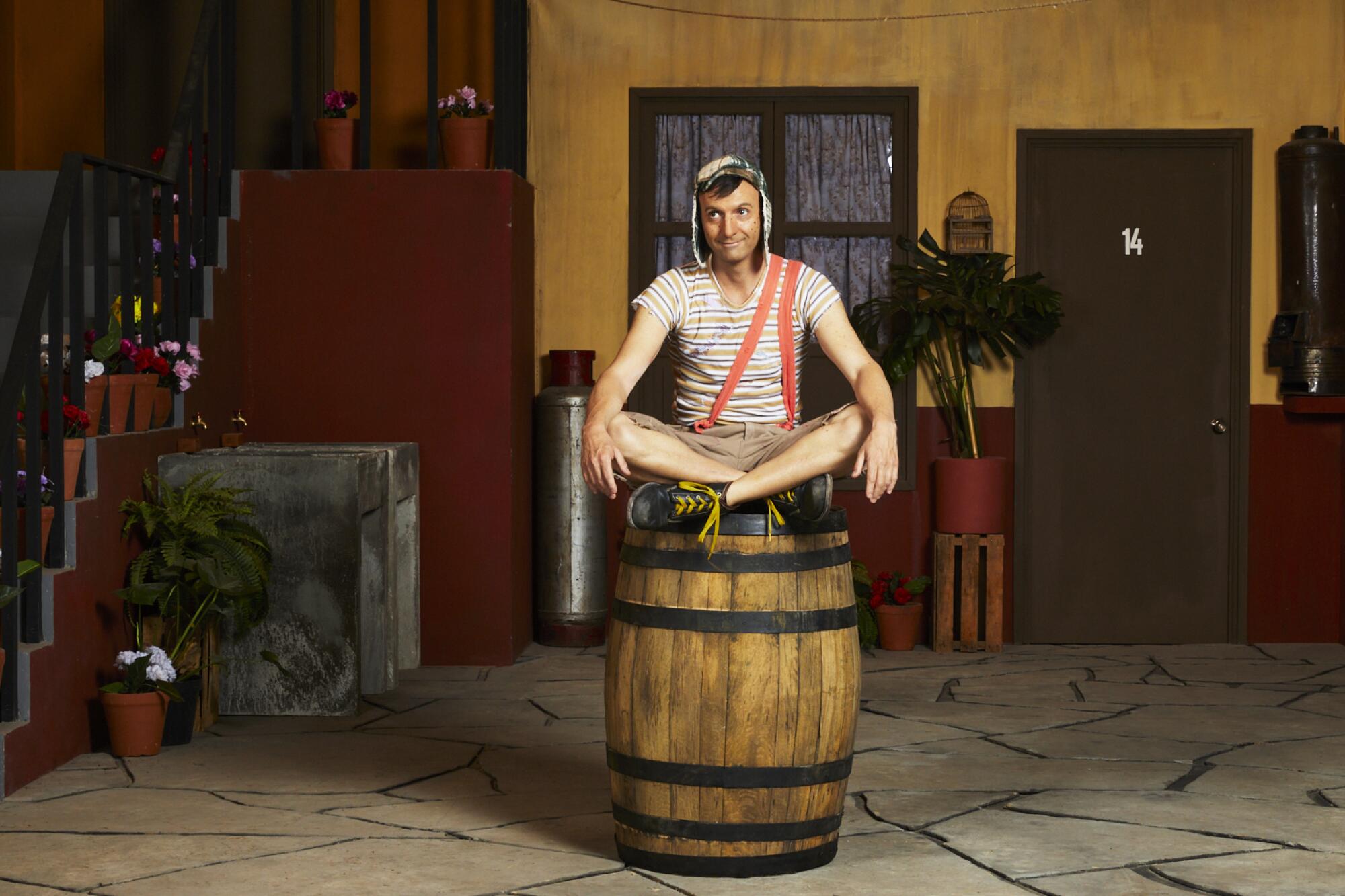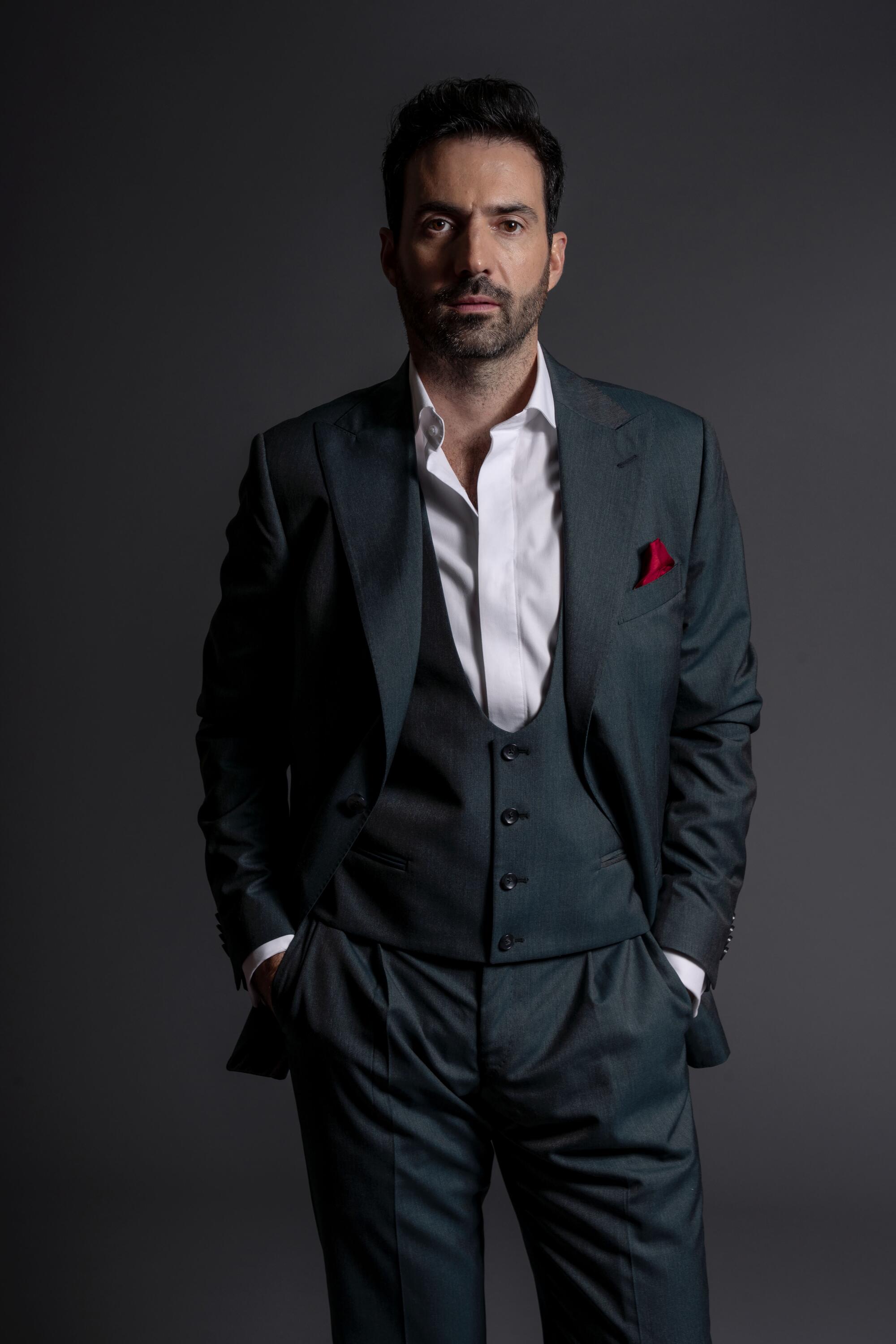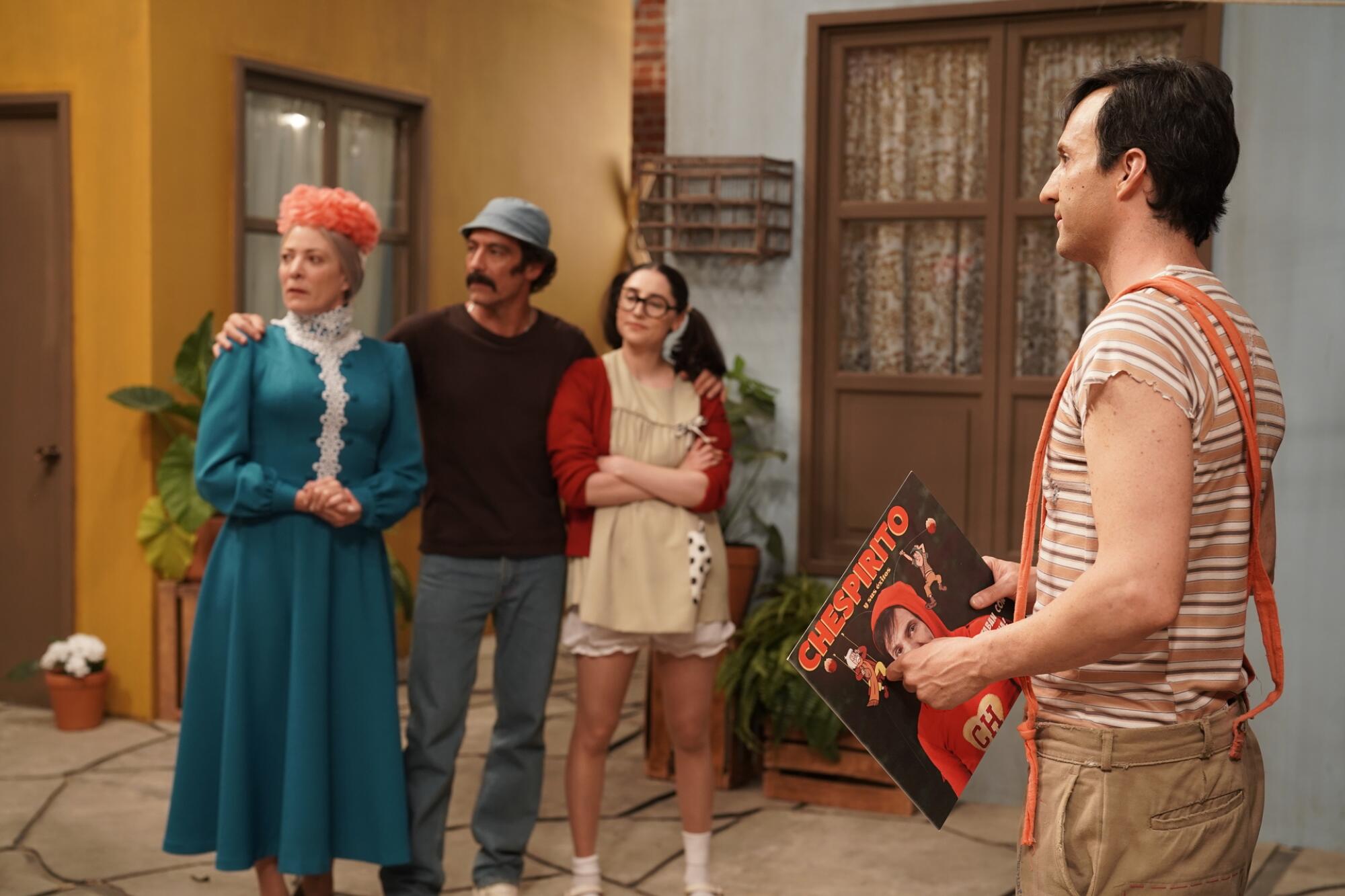Preparation for the Next Life’ review: Tension as love interrupts purpose.
During a dark moment in Bing Liu’s “Preparation for the Next Life,” our protagonist, Aishe (Sebiye Behtiyar), seeks guidance in a place she did not think she’d return to: a mosque. An undocumented Uyghur immigrant from China, Aishe has left behind the religion in which she was raised. But feeling alone and stuck in New York City, she turns toward this place of cultural familiarity, where the imam counsels her that she’ll be rewarded for her obedience in her next life. But what about this life, the one she’s living now?
Aishe has been preparing for her next life since she arrived in New York, getting stronger, smarter, faster, so that she can make the leap to an existence that’s more comfortable, safer, more abundant. Like most young girls with big dreams, there’s only one thing that can slow her forward momentum and that is, of course, a boy.
“Preparation for the Next Life” is the narrative feature debut of Academy Award-nominated documentary filmmaker Liu. His much-lauded film “Minding the Gap” is a searing and searching project about his childhood friends, a group of skateboarders he followed over the course of a heady transition period, often turning the camera on himself and his own family.
In “Preparation for the Next Life,” Liu once again trains his lens on the delicate coming-of-age that is the early 20s. As the title of this adaptation of Atticus Lish’s 2014 PEN/Faulkner Award-winning debut novel suggests, it captures a liminal time in which Aishe, in reflecting on her past while getting ready for her future, is surprised by the arrival of a new person who enters her life and asks her to stay in the moment, at least for a little while.
Aishe locks eyes with Brad Skinner (Fred Hechinger) on the street in Queens and they share an immediate intrigue. He’s recently been discharged from the Army, arriving in New York with some cash and a desire to do anything but go home. The young couple fall into lust, then love, over beers in a Latin American cowboy bar, Uyghur street food and then in a shabby basement apartment. Skinner is a reprieve from Aishe’s life working in brutal restaurant kitchens for under-the-table wages; Aishe is a grounding force for Skinner, grieving the loss of his best friend and managing his PTSD symptoms with a cocktail of meds and plenty of booze. They are both utterly alone in the world until they have each other.
Liu transports us into this small but affecting love story with stunning, saturated, fluid cinematography by Ante Cheng and a swooning score by Emile Mosseri. The filmmaker deploys this lush aesthetic to make us fall in love with Aishe and Skinner’s impossible, head-over-heels romance.
He weaves in Aishe’s childhood memories of her father, with her Uyghur language narration addressed to him, as she asks imploring questions of a man who will never be able to answer. Skinner’s military background inspires her own physical training, jogging miles and lifting weights. She’s always seeking her father, not just in Skinner the soldier but in herself too, the remnants of his presence thrumming through her memory.
Ambitious, driven and desperate to change her station in life, Aishe contemplates marriage, hoping for a path to legal status, though the only free advice she can get from an immigration lawyer is to be careful about whom she marries. She heeds this warning, starting to realize that this boyfriend might not bring her freedom but deadweight, as much as she tries to help him help himself. The scenario is high stakes given both Aishe’s status (she’s at one point arrested and detained) and Skinner’s mental health struggles, but this is a classic tale of a first love that curdles from sweet to sour.
The compelling performances and Liu’s artful direction elevate the script. Behtiyar, in her debut feature, is spectacular, eyes fiery, her expression often inscrutable, body in constant motion as Cheng’s camera follows close behind. Her connection with Hechinger is palpable, heady and heated, despite their characters’ differences, and it’s nice to see Hechinger in a more adult, romantic role, even as Skinner falls prey to his own demons.
Liu does indulge in the prolonging of heartache and indecision, and the story stalls while heading into the third act, the film stretched beyond what the material can sustain. Nevertheless, “Preparation for the Next Life” is a powerful assertion of dreams, humanity and hard work, arguing that every person has a past, a future and a story to tell. Some loves are for a lifetime, others just a moment, but nothing’s stopping Aishe from what she wants in this life — or her next.
Katie Walsh is a Tribune News Service film critic.
‘Preparation for the Next Life’
In English, Uyghur, and Mandarin, with subtitles
Rated: R, for language and brief sexuality
Running time: 1 hour, 55 minutes
Playing: In limited release Friday, Sept. 5










